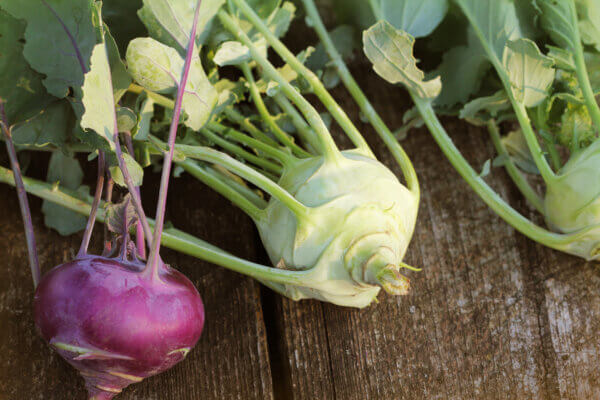Kohlrabi Pest & Disease Protection
Insects
Organic Controls
Garden Insect Spray
Thrips, Horn Worms, Cabbage Looper
Horticulture Oil
Aphids, Flea Beetle, Whiteflies
Bug Buster-O
Aphids, Flea Beetle, Whiteflies
Monterey BT
Hornworms, Cabbage Looper
Take Down Garden Spray
Aphids, Horn Worms, Flea Beetle, Whiteflies
Diatomaceous Earth
Cutworms
Neem Oil
Whiteflies, Aphids
Non-Organic
Bug buster II
Aphids, Horn Worms, Flea Beetle, Whiteflies, Cabbage Looper
Treat as needed using label instructions.
Common Diseases
Non-Organic
Liquid Copper Fungicide
Downy Mildew, Powdery Mildew, Anthracnose, Alternaria Leaf Spot
Garden Phos
Downy Mildew, Powdery Mildew; Anthracnose, Alternaria Leaf Blight
Fungi Max
Powdery Mildew
Vegetable, Flower, Fruit and Ornamental Fungicide
Downy Mildew, Powdery Mildew; Anthracnose, Alternaria Leaf Blight, Cercospora Leaf Spot
Treat as needed using label instructions.







































